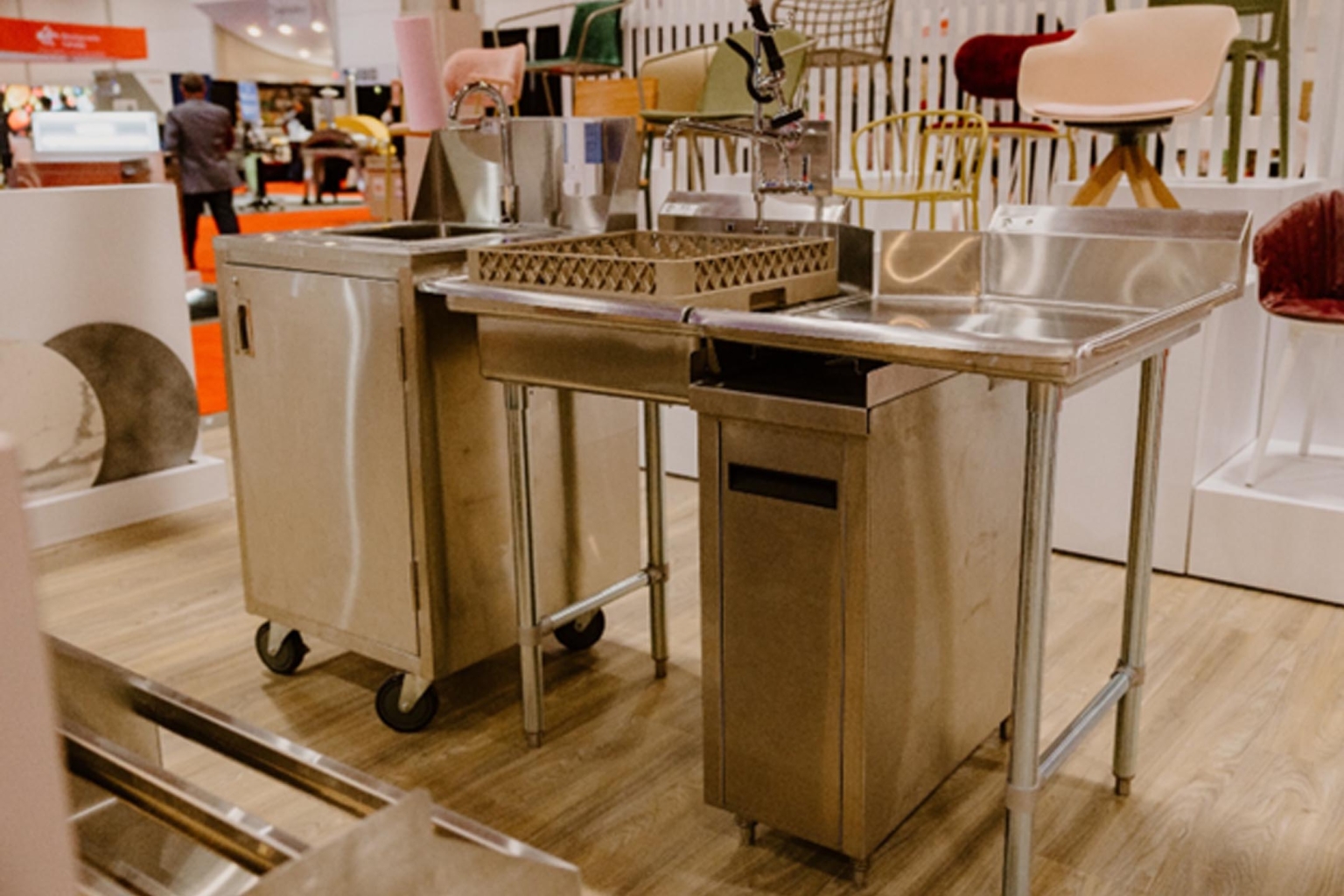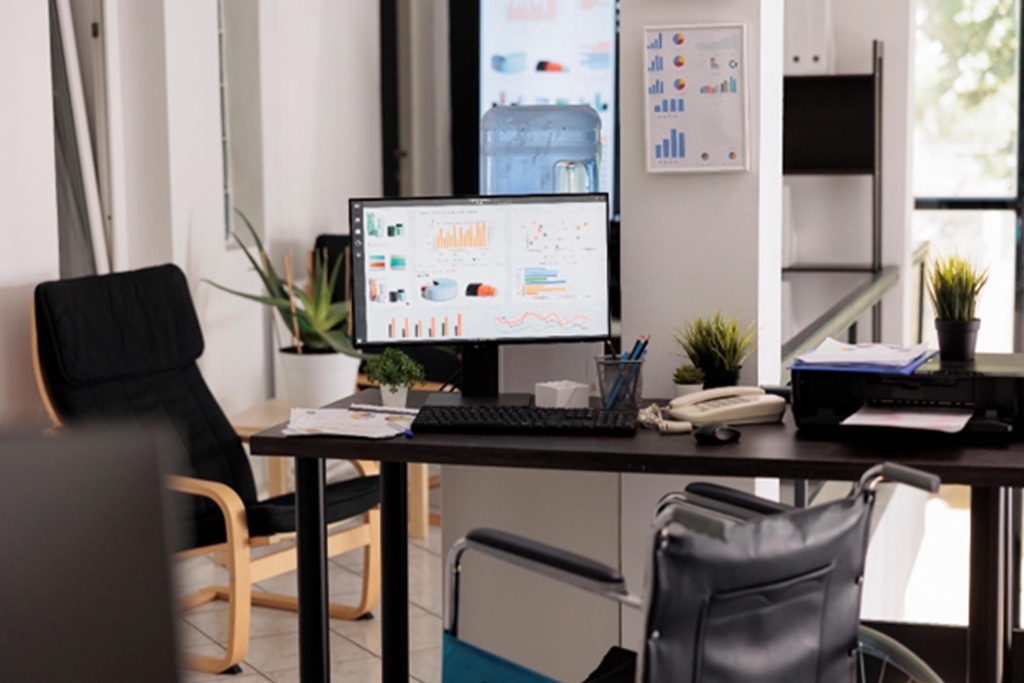Discover the best methods for maintaining the pristine appearance of stainless steel tables. Learn how to remove stains, prevent rust, and achieve a gleaming shine with simple cleaning techniques.
What is Stainless Steel?
Stainless steel is a versatile and durable material commonly used in various industries, including food service, healthcare, and manufacturing. It is known for its resistance to corrosion and staining, making it an ideal choice for surfaces that require hygiene and durability. In the bustling realm of food service, stainless steel reigns supreme, adorning commercial kitchens with its gleaming surfaces and unwavering resilience. From stainless steel worktables to countertops and kitchen equipment, this alloy forms the backbone of food preparation spaces, offering a non-porous, easy-to-clean surface that mitigates bacterial growth and ensures food safety. Whether it’s in bustling restaurants or cafeterias, stainless steel products are indispensable, guaranteeing cleanliness and durability even in the most demanding culinary environments.
In the healthcare arena, stainless steel surfaces play a pivotal role in maintaining sanitary conditions crucial for patient care and infection control. From medical equipment to fixtures, stainless steel items provide a sterile environment essential for safeguarding patient well-being. The non-reactive nature of stainless steel surfaces makes them ideal for sterilization, ensuring the highest standards of hygiene and safety in healthcare settings.
Beyond the realms of food service and healthcare, stainless steel finds its utility in various manufacturing applications. Its corrosion-resistant properties and ability to withstand harsh environments make it indispensable for producing a wide array of products, from industrial machinery to consumer goods. Stainless steel items, crafted with precision and durability in mind, deliver unparalleled performance and longevity, earning them a reputation for reliability across industries.
From stainless steel worktables in commercial kitchens to stainless steel surfaces in healthcare facilities, this alloy stands as a symbol of durability and reliability. Its resilience to corrosion and staining makes it the material of choice for surfaces and products requiring longevity and hygiene. Whether it’s in food service, healthcare, or manufacturing, stainless steel continues to be the go-to option for applications demanding unwavering performance and durability.
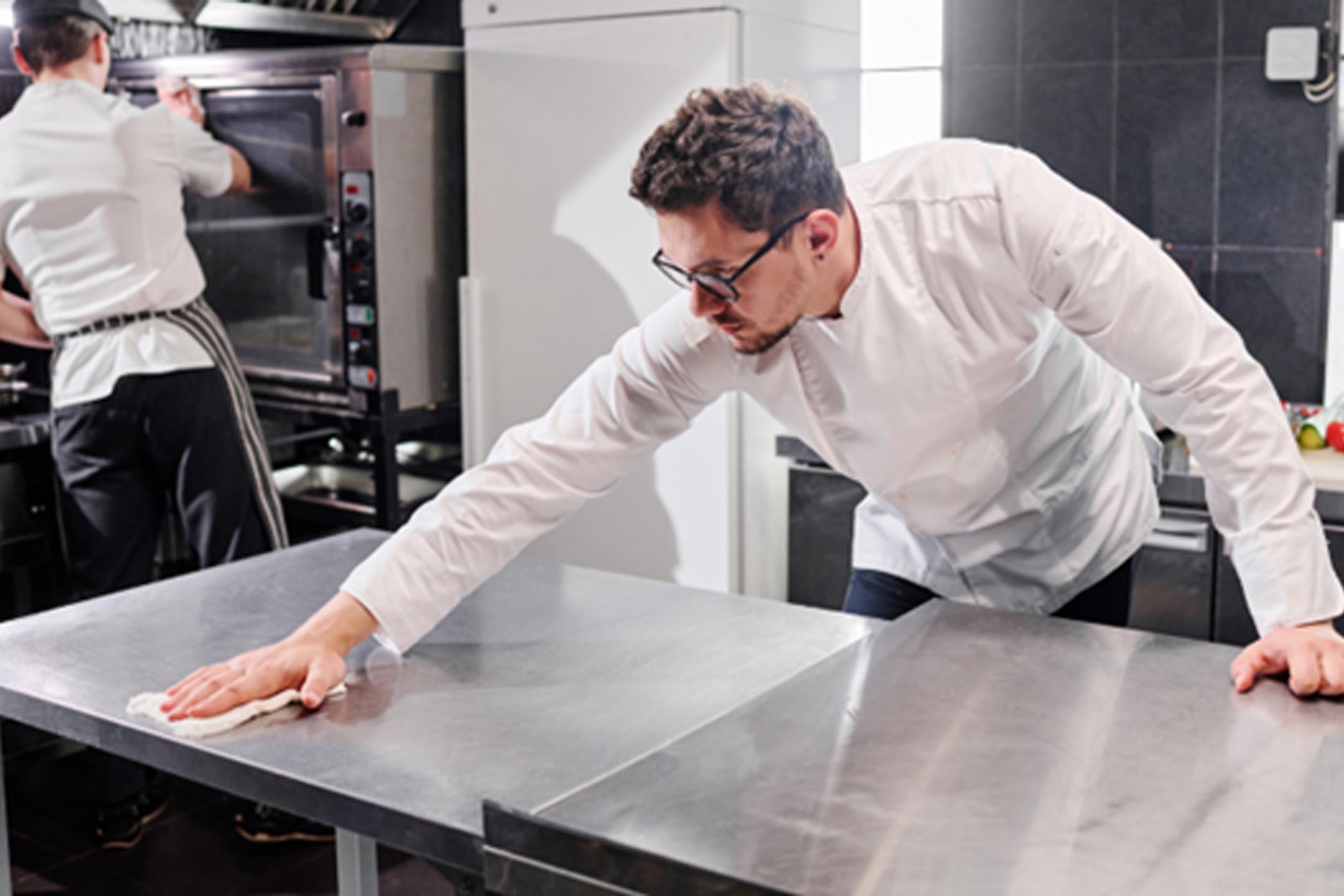
Types of Stainless Steel
There are different grades and types of stainless steel, each with unique properties and applications. Understanding the specific type of stainless steel used in your tables can help determine the best cleaning and maintenance practices to ensure longevity and performance. Two commonly used grades are 430 and 304 stainless steel. 430 Stainless Steel:
430 stainless steel is a ferritic, non-hardenable grade known for its high corrosion resistance. It contains 17% chromium and is typically used in non-demanding applications where corrosion resistance is the primary concern. While 430 stainless steel is suitable for some general-purpose uses, it may not be the best choice for foodservice applications due to its lower corrosion resistance compared to other grades. 304 Stainless Steel:
304 stainless steel, on the other hand, is an austenitic stainless steel with superior corrosion resistance and versatility. It contains 18% chromium and 8% nickel, making it highly resistant to corrosion, staining, and rusting. This makes it an ideal choice for foodservice applications where hygiene and durability are paramount. Stainless steel worktables, kitchen equipment, and food preparation surfaces are often made from 304 stainless steel due to its ability to withstand harsh cleaning chemicals and frequent exposure to moisture and food acids. For this reason, 304 stainless is often regarded as food grade stainless steel. When it comes to maintaining an attractive shine and ensuring the longevity of stainless steel products, 304 stainless steel is the preferred choice. Its superior resistance to corrosion and staining ensures that surfaces retain their appearance and functionality even after years of use. In contrast, 430 stainless steel, while suitable for certain applications, may not provide the same level of durability and performance, particularly in demanding environments such as commercial kitchens.
Stainless Steel Equipment Care
Proper care and maintenance are essential for preserving the appearance and functionality of stainless steel equipment. Regular maintenance, using appropriate cleaning solutions and techniques, can help protect the steel from corrosion, staining, and other issues that may arise from neglect or improper stainless steel care.
How to Clean Stainless Steel Equipment
Maintaining stainless steel equipment, including tables, requires attention to detail and the use of gentle cleaning methods to avoid damage to the surface. Whether it’s removing water stains, fingerprints, or stubborn grease, following these steps will help keep your stainless steel work tables looking their best.
How to Clean Stainless Steel Restaurant Equipment
1. Wipe down the surface with a damp cloth or sponge and mild dish soap solution.
2. For stubborn stains or grease buildup, use a stainless steel cleaner and a soft cloth, following the manufacturer’s instructions.
In a busy restaurant environment, stainless steel equipment is subjected to constant use and exposure to various food substances. To clean stainless steel appliances and equipment effectively, start by wiping down the surface with a damp cloth or sponge and a mild dish soap solution. For stubborn stains or grease buildup, use a stainless steel cleaner and a soft cloth, following the manufacturer’s instructions.
How to Clean Stainless Steel Flatware
1. Wash flatware in warm water with soap using a soft cloth or sponge.
2. Rinse thoroughly and dry with a microfiber cloth to prevent water stains.
Stainless steel flatware, such as forks, knives, and spoons, can also benefit from regular cleaning to maintain their appearance and hygiene. Wash flatware in warm water with soap using a soft cloth or sponge, then rinse thoroughly and use a dry microfiber cloth to prevent water stains.
How to Clean Stainless Steel Cookware
1. Fill cookware with hot water and add a small amount of vinegar or lemon oil.
2. Bring the mixture to a boil, then let it cool.
3. Wash with dish soap and a soft cloth
Stainless steel cookware, such as pots and pans, may develop stains or discoloration over time. To remove stubborn stains, fill the cookware with hot water and add a small amount of vinegar or lemon oil. Bring the mixture to a boil, then let it cool before washing with dish soap and a soft cloth.
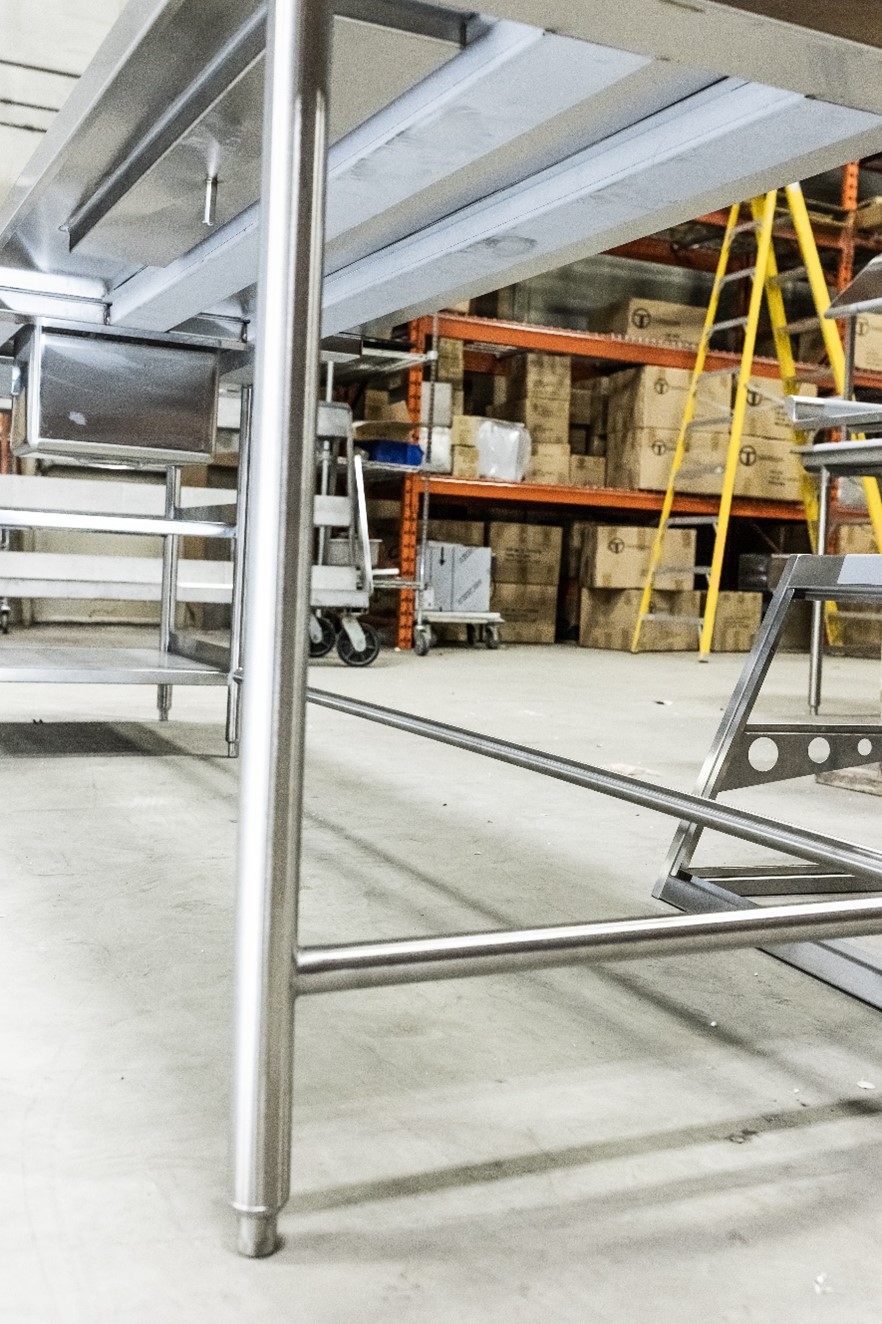
How to Clean Stainless Steel Tables
1. Wipe down the surface with a damp cloth or sponge and mild dish soap solution.
2. For tougher stains or grease buildup, use a stainless steel cleaner and a soft cloth, following the manufacturer’s instructions.
3. Wipe in the direction of the grain of the stainless steel.
4. Thoroughly clean the table legs.
5. Dry the table with a clean microfiber cloth to prevent water spots.
Cleaning stainless steel tables is a straightforward process that can be done with basic household items. Start by wiping down the surface with a damp cloth or sponge and a mild dish soap solution to remove any dirt or residue. For tougher stains or grease buildup, use a stainless steel cleaner and a soft cloth, following the manufacturer’s instructions. Be sure to wipe in the direction of the grain of the stainless, and thoroughly clean the stainless
steel table legs. Finish by wiping the table dry with a clean microfiber cloth to prevent water spots.
Things to Avoid When Cleaning Stainless Steel Restaurant Tables
When cleaning stainless steel restaurant tables, avoid using abrasive cleaners or steel wool, as these can scratch the surface and damage the protective layer of the stainless steel. Additionally, avoid using harsh chemicals or glass cleaners, as these can leave behind residue and dull the appearance of the stainless steel.
Furthermore, it’s essential to avoid cleaning stainless steel tables with products containing chlorine or hydrochloric acid. These potent chemicals, commonly found in bleach-based cleaners, have the unfortunate tendency to cause unsightly stains on stainless steel equipment. While such cleaners may initially appear effective at removing dirt and grime, they can ultimately lead to irreversible damage to the stainless steel.
Instead, opt for gentler cleaning methods when maintaining stainless steel surfaces. Routinely cleaning with a damp washcloth and warm water is often sufficient for day-to-day maintenance. For tougher stains, consider using products specifically formulated as ‘stainless steel cleaners,’ but use them sparingly. Before applying any cleaner, it’s advisable to spot test a small, inconspicuous area to ensure compatibility and avoid unintended damage.
For particularly stubborn stains, oxalic acid-based cleaners, such as Bar Keepers Friend, offer an effective and economical solution. These cleaners not only help remove tough stains but also contribute to passivating stainless steel, thereby preserving its appearance and prolonging its lifespan. By following these precautions and utilizing appropriate cleaning methods, you can ensure that your stainless steel restaurant tables retain their pristine appearance and durability for years to come.
How to Remove Rust from Stainless Steel Tables
1. Apply a paste made from baking soda and water to rust spots.
2. Let it sit for a few hours.
3. Scrub with a soft cloth or sponge.
4. Rinse thoroughly and dry the surface.
If rust spots develop on stainless steel tables, they can be removed using a paste made from baking soda and water. Apply the paste to the rust spots and let it sit for a few hours before scrubbing with a soft cloth or sponge. Rinse thoroughly and dry the surface to prevent further rusting.
How to Remove Scratches from Stainless Steel Tables
1. Use a non-abrasive stainless steel cleaner and a soft cloth for minor scratches.
2. For deeper scratches, use a stainless steel polish or a specialized scratch removal product, following the manufacturer’s instructions.
Minor scratches on stainless steel tables can often be buffed out using a non-abrasive stainless steel cleaner and a soft cloth. For deeper scratches, consider using a stainless steel polish or a specialized scratch removal product, following the manufacturer’s instructions carefully.
In conclusion, proper care and maintenance are essential for preserving the appearance and functionality of stainless steel tables. By following these simple cleaning techniques and avoiding harsh chemicals or abrasive cleaners, you can keep your stainless steel tables looking their best for years to come.
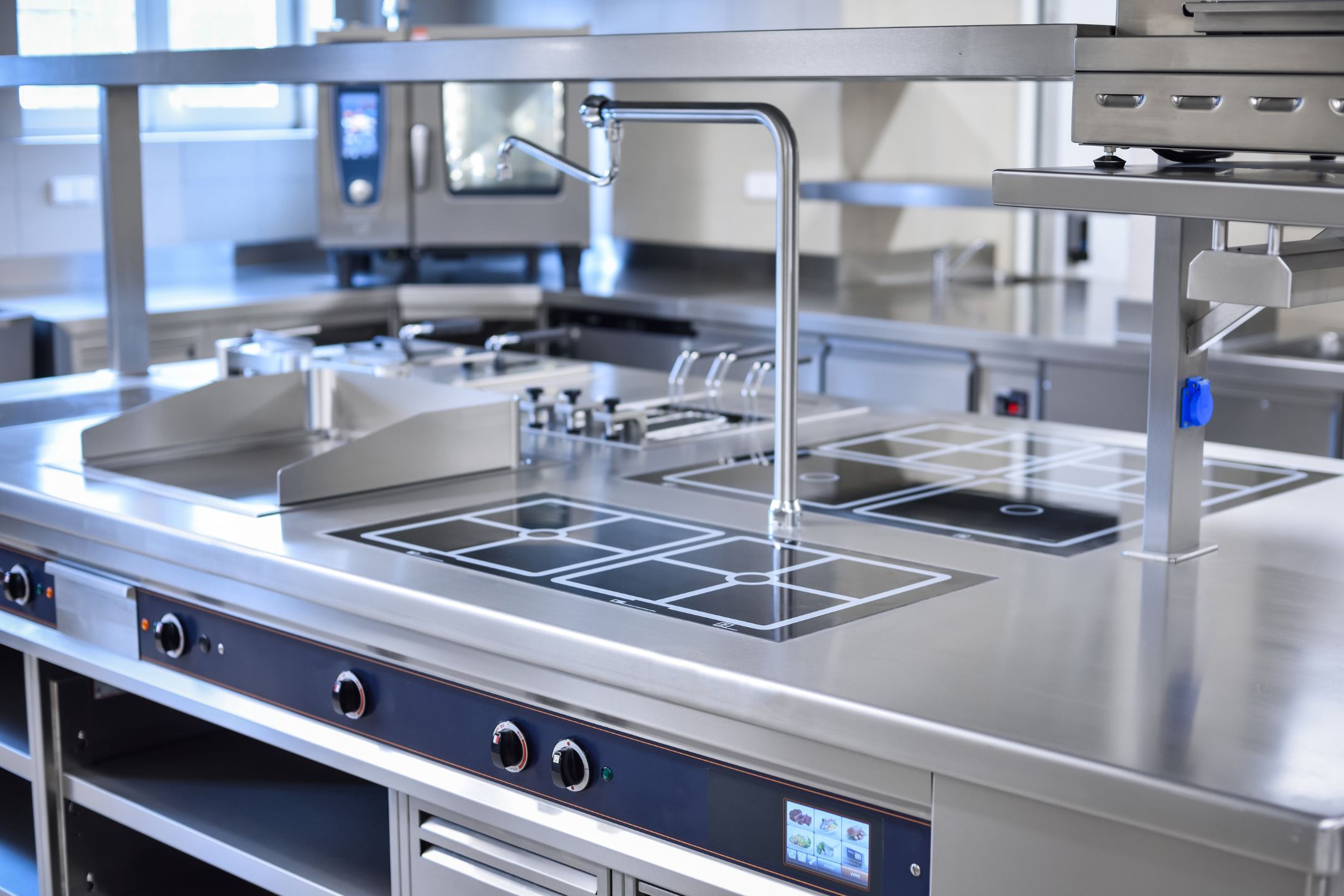
 +1 (905) 825 9665
+1 (905) 825 9665